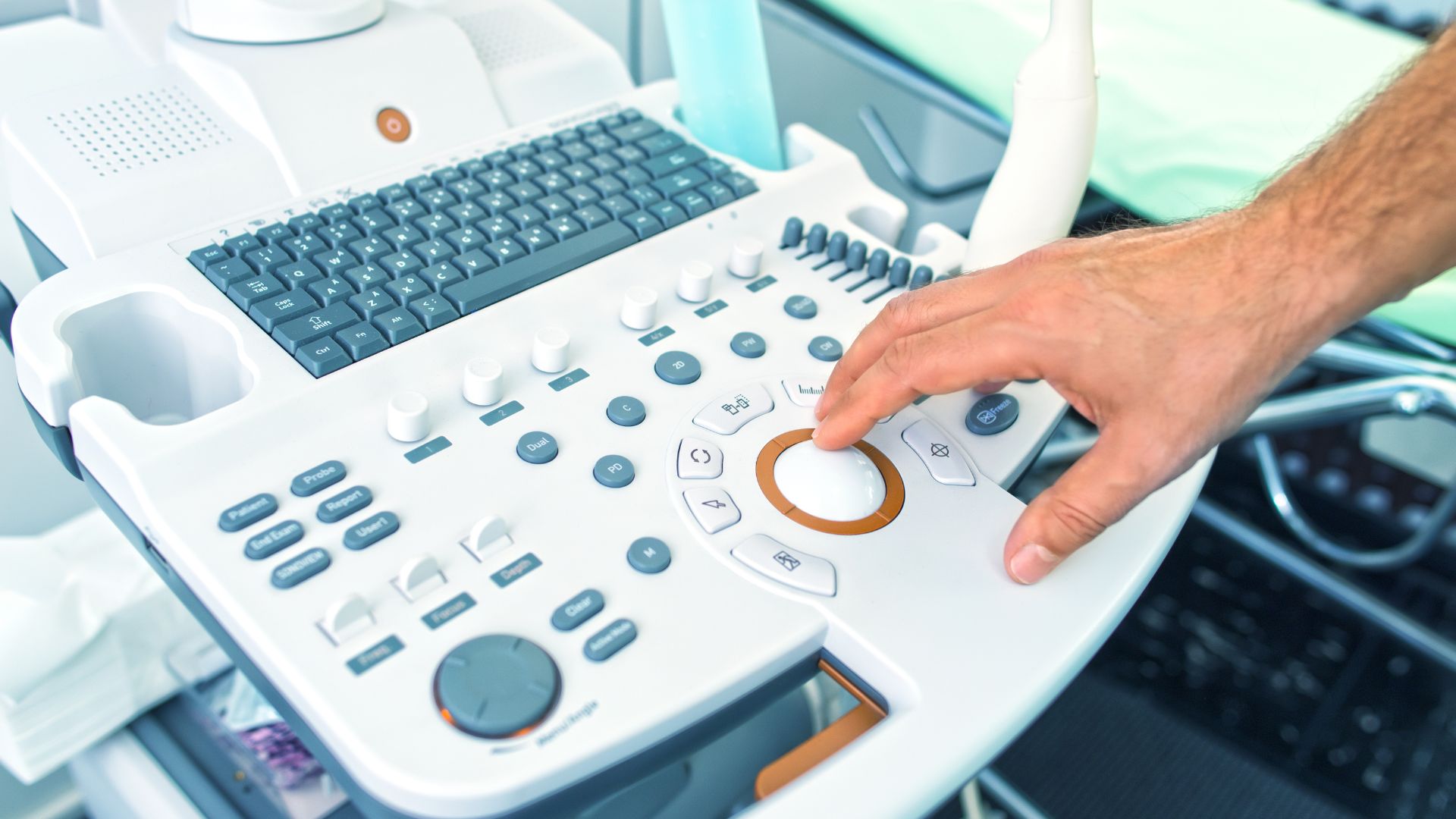Bringing Eye Care Devices to the US
The US eye care market is one of the most highly regulated medical sectors, with the Food & Drug Administration (FDA) overseeing the approval and compliance of ophthalmic devices. Manufacturers looking to introduce products such as contact lenses, lens solutions, diagnostic tools & surgical instruments must navigate complex regulatory requirements. Failure to comply can lead to import detentions, product recalls & enforcement actions, delaying or even preventing market entry.
FDA Classification of Eye Care Devices
Understanding how the FDA classifies devices is key to identifying the correct regulatory pathway:
Device Classifications
- Class I (Low Risk): Devices such as eye occluders & some surgical instruments. Many are exempt from 510(k) clearance but still require Establishment Registration & Medical Device Listing.
- Class II (Moderate Risk): Most ophthalmic devices, including contact lenses, tonometers & lens solutions, require 510(k) premarket notification.
- Class III (High Risk): Devices like implantable intraocular lenses & corneal implants require Premarket Approval (PMA), including extensive clinical testing.
Steps to Enter the US Market
Before distributing in the US, manufacturers must complete several critical steps:
- Establishment Registration: Annual registration with the FDA is mandatory for manufacturers & distributors.
- Medical Device Listing: Each device must be listed with the FDA under the registered establishment.
- Unique Device Identifier (UDI) Compliance: Most eye care devices require a UDI for tracking & recalls, with data submitted to the FDA’s Global UDI Database (GUDID).
- Labeling & Packaging Compliance: Improper labeling is one of the most common reasons for import detentions.
Common Regulatory Challenges & Solutions
Even the most prepared manufacturers can run into unexpected compliance roadblocks. Here are two examples that highlight the importance of proactive planning:
Real-world scenarios help illustrate how regulatory missteps can delay or derail market entry:
Case Study: Import Detention Due to UDI Non-Compliance
A European manufacturer attempted to import diagnostic eye care devices but was detained due to missing UDI labeling. Their shipment was held for months until they:
- Implemented FDA-compliant UDI labeling.
- Resubmitted device listings with correct UDI info.
- Partnered with regulatory consultants to prevent future issues.
Case Study: Misclassification of Contact Lenses Delays Market Entry
A company developing daily-wear contact lenses incorrectly assumed the product was Class I. The correction to Class II required:
- A six-month delay for additional testing & regulatory approval.
- Submission of a 513(g) request to confirm classification.
- Additional costs & resource allocation.
Key Regulatory Considerations for Eye Care Manufacturers
Keep these factors in mind to stay compliant:
- FDA User Fees: Annual fees apply, though Small Business Fee Assistance may be available.
- Import Alerts: Repeated noncompliance can lead to automatic detention of shipments.
- Certificate to Foreign Government (CFG): Needed to export products to many international markets.
- Health Canada Licensing: For Canadian expansion, a Medical Device Establishment Licence (MDEL) may be required for Class I devices.
Ensuring Long-Term Eye Care Device Compliance
Getting to market is only the beginning. Continued regulatory diligence is critical:
- Electronic Medical Device Reporting (eMDR): Adverse events must be reported to the FDA.
- FOIA Requests: Useful for reviewing FDA approval histories & trends.
- Medical Device Master File: Supports the use of proprietary materials or components.
- Ongoing Consulting: Helps keep manufacturers current with evolving FDA rules.
Building a Path to Regulatory Success
Successfully bringing an ophthalmic device to the US market requires more than meeting baseline requirements—it demands foresight, adaptability & strategic execution. Engaging regulatory experts early, monitoring FDA guidance updates & preparing for post-market obligations are all part of a resilient long-term compliance plan.








